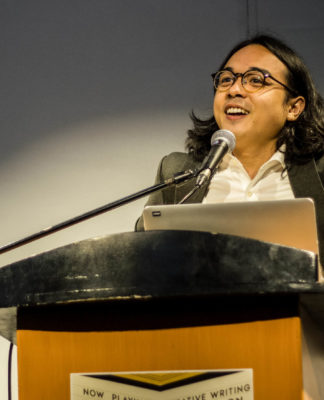THE UNIVERSITY of the Philippines (UP) is the only school in the country to land in the Times Higher Education world university ranking, leaving behind UST, Ateneo de Manila and De La Salle University.
UP made it to the 801+ bracket in the 2016-2017 survey with a score of 13.5, based on five groups of performance indicators: teaching, research, citations, international outlook and industry income.
The University of Oxford in the United Kingdom, California Institute of Technology and Stanford University ranked first, second and third, respectively.
UST last appeared in the survey in 2008 along with La Salle, in the top 500.
None of the Philippine universities made it to the 2016-2017 Times Higher Education Asia University Rankings.
In 2010, UST ranked 101st in the Asian ranking, tied with Japan’s Tokyo University of Agriculture and Technology and Thailand’s Prince of Songkla University. La Salle trailed behind UST at 106th. Ateneo and UP ranked 58th and 78th, respectively, in 2010.
UST and La Salle placed in the 701+ bracket of the rival Quacquarelli Symonds (QS) world university ranking earlier this year, behind UP and Ateneo. The state-run UP jumped to 374th place this year from the 400th to 410th bracket last year, while Ateneo maintained its spot at the 501st to 550th bracket in the QS ranking.
‘Fallacy of university rankings’
In a previous report by the Varsitarian, Clarence Batan, director of the UST Research Center on Culture, Education and Social Issues, said the QS survey was all about the “globalized politics of knowledge” in the academe.
“You will be really surprised that QS is a reflection of social inequality in the world. Does it translate to quality education in our University? Does it level up our research capability? Are they giving funds to help out universities to be better? That’s yet to be seen. It’s a business,” he said.
In a Facebook post last Dec. 23, La Salle political science professor Antonio Contreras said University rankings and their criteria were “problematic.”
“Anyone would know that this becomes a function of popularity and subjective evaluation and not on something that is more precise,” he said.
The 20-percent weight for faculty publication in the criteria of the QS rankings also “assumes that a university is effective in its goal of producing, reproducing and transforming knowledge just because its faculty publishes,” Contreras said.
“It does not take into consideration the fact that faculty publications end up being read and cited in an echo chamber of peers, and rarely have impact on real people’s lives and on student learning,” he added.
“Now, for the Times Higher Education (THE) rankings, while the criteria is different, it is structurally based on the same parameters, but added the element of income and productivity, not only from research but also gives premium to Universities generating income for industry, which smacks of neo-liberal cooption of the vocation of teaching, learning, researching and professing,” Contreras said.
First released in 2004, the Times Higher Education World University Rankings is an annual publication of the list of top universities in the world “based on their core missions – teaching, research, knowledge transfer and international outlook.”
The publication collaborated with London consulting firm QS from 2004 to 2009, before switching to Thomson Reuters.
















I believe that Philippine colleges and universities have more to offer than what the THE and QS surveys reflect. The alumni also have to do their part in spreading good words about Philippine education and excellently do their jobs to lift their Alma Mater’s name. As a piece of contribution to promote the colleges and universities in the Philippines, I wrote a blog post on WordPress. Here is the full link of my blog post: https://laurocalivapersonal.wordpress.com/2017/05/07/the-ranking-of-philippine-schools-in-the-qs-asian-university-rankings-2016/